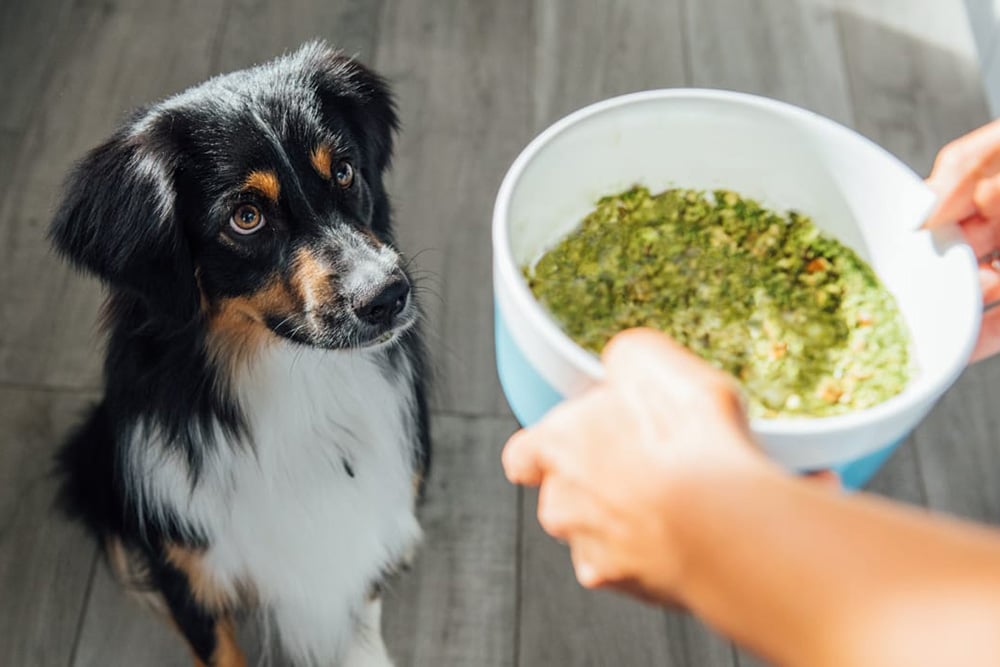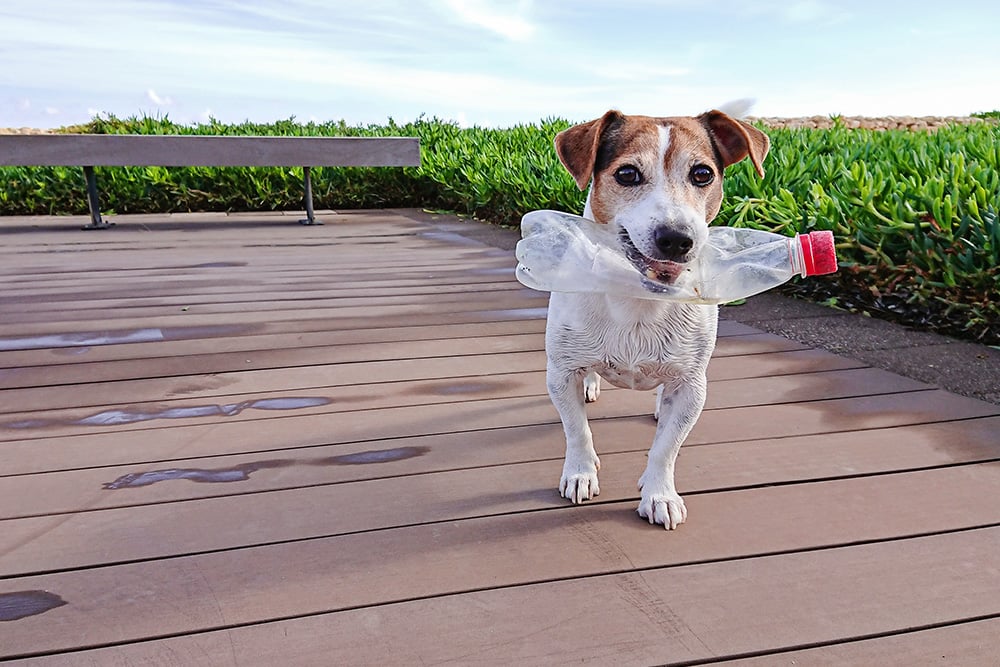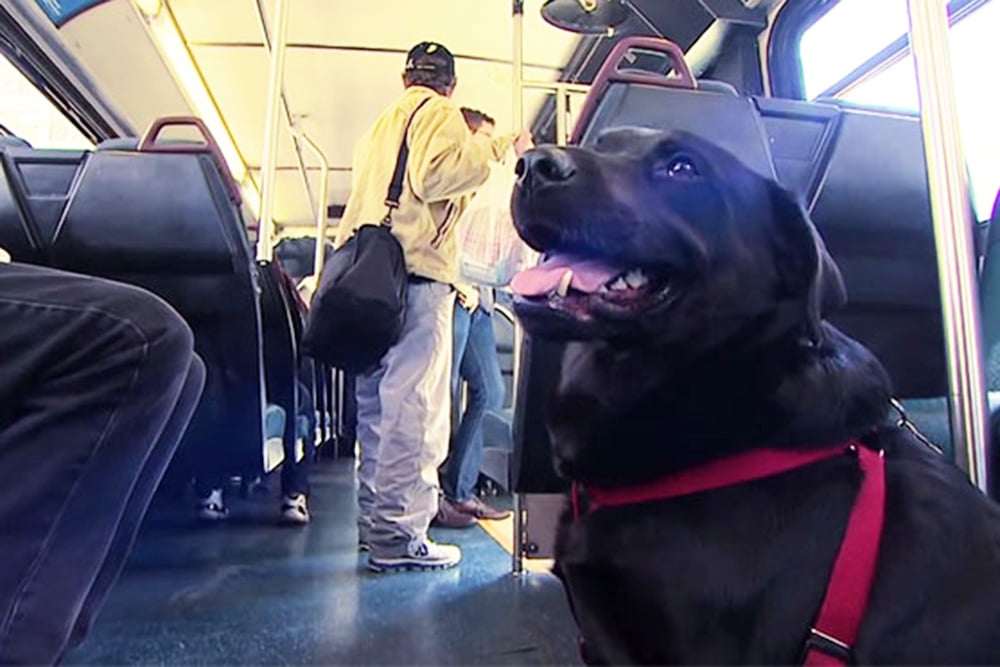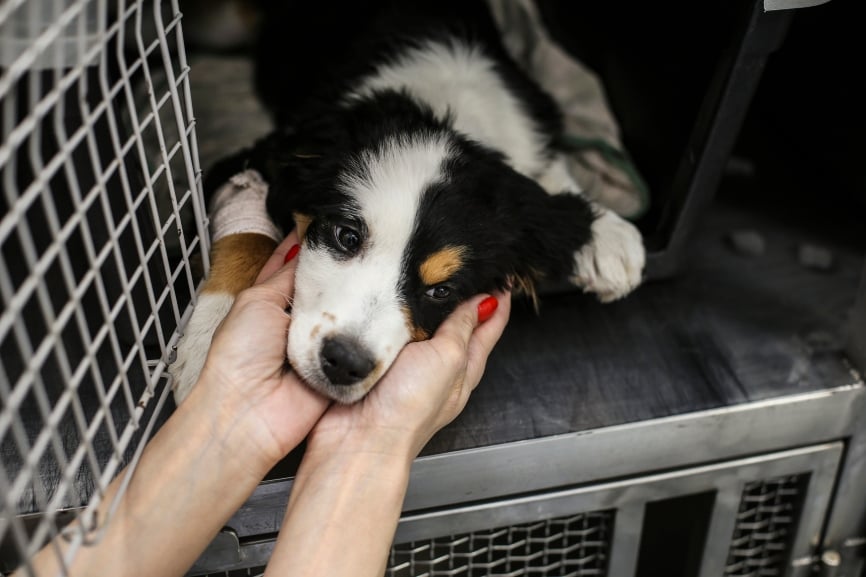Table of Contents
When it comes to pets and the health of the planet, we’ve got bad news and good news.
The bad news is that dogs and cats are not especially environmentally friendly by their nature (but then again, neither are humans). They eat a lot of meat (one of the top contributors to climate change), they poop everywhere, and then there is all the consumption of raw materials, transportation emissions and plastic packaging associated with the pet products we buy – from beds to litter boxes to toys.
But we love our pets dearly and life just wouldn’t be the same without them. So, the good news is there is a lot you can do to lessen your pet’s pawprint on the planet. Consumers are looking for ways to be more “green” in all aspects of their lives, and pet parenting is no exception. The pet products industry is also thinking about these issues – which should lead to companies making more eco-friendly products to choose from.
How to reduce your pet’s carbon footprint for Earth (and every) Day
Spay and neuter
First, the low hanging fruit. Get your pets spayed and neutered as soon as it’s advised so they don’t breed. About 6.5 million dogs and cats enter animal shelters every year in the U.S. and there are not enough homes for all of them. Not only do homeless animals suffer, but outdoor cats kill huge numbers of songbirds, and unleashed dogs may harass and kill other wildlife.
Rescue rather than shop
Along the same lines, reduce pet overpopulation by adopting from shelters and rescue groups rather than encouraging more breeding by going to pet stores or breeders. Especially avoid unscrupulous puppy mills, the notorious mass-breeding outfits that produce sick, badly bred animals and abuse them.
“Doo” the right thing: Pick up your dog’s poop

This should go without saying, but you should always pick up your dog’s poop, even if you are in an area where you don’t think anyone would step in it. Animal waste creates water quality problems as the fecal matter can leach into local streams and lakes where nutrients cause excessive growth of algae and weeds, and bacteria can sicken people and pets, says the Environmental Protection Agency (EPA).
And speaking of poop, what about those biodegradable poop bags?
The question of the best way to properly dispose of that dog poop gets a little, um, messy. Our friends at Rover have a thorough, ahem, break-down of the pros and cons of supposedly biodegradable bags. The upshot is that throwing those biodegradable bags in the garbage, as most of us must do, is only marginally better than tossing plastic bags, as both end up in a landfill where they will not easily decompose. At least the biodegradable bags are made out of corn byproduct and not petroleum. The only other options include flushing it (if your plumbing allows), building a special dog waste composting bin, burying it or finding a company that will compost it for you. Maybe someday all public parks will partner with companies that compost dog waste like they do in Denver, Colo., but until then, we’ll have to hold our noses and do our best.
Feed your pet less meat or sustainably-raised meat

Just as humans can have an impact on the climate by reducing their meat consumption, it will help if pets do as well.
Meat, dairy, and egg production are among the leading causes of human-caused climate change, soil erosion, water pollution, and the decrease in biodiversity. Worldwide, farmed animals are responsible for 15% of total greenhouse gas emissions.
A dog, an omnivore, can live on a vegetarian diet and be perfectly healthy, according to Pet MD. There are several brands of vegetarian pet food with plant-based sources of protein such as beans, corn, soy and whole grains that are formulated to have plenty of protein and amino acids for your dog. Talk show host Ellen Degeneres is a partner in a company that introduced a line of vegan dog food years ago.
Cats are a different story. They are carnivores, meaning some of the nutrients they need are found in animal tissue and they require a higher percentage of protein.
You don’t have to go full vegan (no animal products at all) on your pets to make a difference. Even a mix of vegetarian and meat-based foods will be an improvement, and many vegetables are healthy for your dog. Some pet food companies use meat that comes from naturally raised animals that are treated humanely and with environmental practices that reduce the impact on the land.
Another lower carbon-producing option might be a fish-based food, especially if it’s made of a fish that’s sustainably caught or further down the food chain such as herring.
Whatever pet food you choose, read the label to make sure it doesn’t contain pesticides, herbicides, hormones or antibiotics.
Reduce packaging or find recyclable options

According to the Pet Sustainability Coalition, it is estimated that 300 million pounds of plastic pet food and treats bags are generated in the U.S. each year. And nearly all of those bags are made with multiple layers of plastics that are nearly impossible to separate for recycling.
Some ways to reduce packaging:
- Bring your own refillable bags or container to pet food stores that have bins of dog treats.
- Look for products that use less packaging or recyclable materials. The Honest Kitchen is one pet food company that says it uses biodegradable, recyclable or compostable boxes and some plastic food bags that can be recycled.
- A few companies are planning a trial program to collect plastic pet food bags for recycling. Ask your local pet store if they will be participating.
Buy toys or other pet products made of natural or earth-friendly materials
There are many options these days for pet products with a lower environmental impact. Choosing items made of recycled materials means less waste in our landfills, the manufacture of non-toxic toys equals fewer chemicals emitted, and locally-made products result in fewer transportation emissions.
Examples include dog leashes made of hemp, a cat cave made of natural, organic materials, a memory foam bed made out of recycled plastic bottles, dog toys made out of repurposed fire hose, an eco-saucer flying disc made of recycled plastic bags and non-toxic balls.
Finally, when purchasing pet shampoos and flea and tick products, look for organic ingredients and avoid preservatives such as parabens and sodium lauryl/laureth sulfates or pesticides.
Take your pet on the bus or train

While cutting back on driving gas-powered cars is one way we can reduce our emissions it’s a little tough (although not impossible!) to get your dog to the veterinarian on a bicycle, especially if you own a Mastiff or Bernese Mountain Dog.
In some cities, you are allowed to take your dog on public transportation, within limits. In King County, Wash., which includes Seattle, dogs are allowed on buses at the driver’s discretion, and pet parents must pay an additional fare if the dog doesn’t fit on their lap. There was even a Seattle dog who became famous for riding the bus by herself to the dog park, although this is not recommended and probably no longer allowed once this came to light.
Of course, your dog will need to be on a leash, well behaved and not bothering other transit riders. Check with your local transit agency to see if pets are allowed and any rules that apply.
Small dogs and cats can now travel with you on Amtrak for an additional $25 fee.








